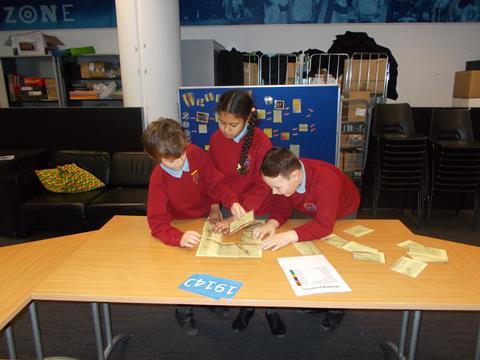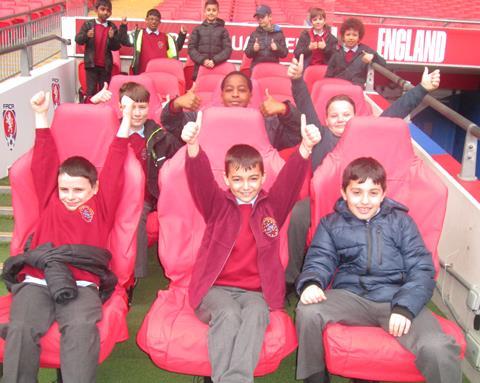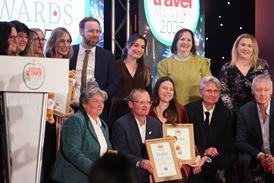St Bernadette’s Catholic Primary School share their memories of a fun and educational visit to Wembley Stadium.

While it’s a challenging time for school travel at the moment, we want to continue sharing brilliant learning outside the classroom experiences. So over the coming weeks we’ll be reflecting on those visits that have had a particular impact on the pupils and teachers.
Do you have an experience over the last year to share with others? Please get in touch by emailing editorial@schooltravelorganiser.com - we’d love to hear from you and continue spreading positive messages.
In this instalment we hear from St Bernadette’s Catholic Primary School about a trip up the road to Wembley Stadium from Harrow.
As St Bernadette’s is a local school in the area, the Wembley Stadium Learning Zone matches its Humanities topics of ‘Our Local Area’ and gives children a focal point to study that which many of them are already familiar with to a certain extent. In planning the series of trips – 60 pupils were split into two groups of 30 over a series of six weeks – the aim of the programme was to cover many relevant topics and links to the school’s curriculum in a fun and appropriate way.
The children loved learning in a different environment and the experience was seen as a highlight of their school year. The objectives covered looked at the history of the local area and how it has developed. The children looked at old and new maps and compared them which also incorporated looking at map keys.
“My best school trip ever was when we went to the Wembley Stadium Learning Zone. My favourite part was when we went on a tour around the stadium.”
Evie, age 9

They looked at the skill of note-taking as part of their research, being able to orally re-tell the events of a story, newspaper writing and journalistic language, angles and using protractors, how place names have developed from Anglo-Saxon names as well as the planning and construction of London Landmarks as part of DT.
“One of my favourite parts was learning all about the different sports and competitions that have taken place at Wembley, even greyhound racing and hockey!”
Callum, age 9
All of the objectives for the trip were met and exceeded. Teaching staff measured them back at school by comparing how the children accessed the objectives before the trip and how they accessed them after, noticing a remarkable difference in the objectives such as using protractors, writing newspaper articles (as the content seemed more real and relevant to them) and also looking at how place names and words develop from different historical eras. The children also seemed to have a real understanding of modern problems such as the positives and negatives of the regeneration of areas and why there is a need for development.
Back in the classroom
This depended on the particular activity the children worked on that week. The newspapers were revisited, and features of newspapers were identified with journalistic language highlighted in order for children to write their own articles. With the DT London Landmarks, children replicated the outside of the structures to look like the original landmarks using a range of materials and had to consider the suitability of materials used which also incorporated Science objectives. The programme offered a range of different ways the learning could be further embedded and opened up a variety of different activities but unfortunately it is having the time to fit all these brilliant ideas/activities into a working school day.
Activities were differentiated depending on the activity and the level of support needed. Most required the children to work in mixed ability pairs and groups. The teacher felt that differentiation took place to support and extend learners, ensuring that there was full participation by all. There was considerable emphasis on active involvement with opportunities to talk imaginatively and expressively to explain and clarify pupils’ thinking.










